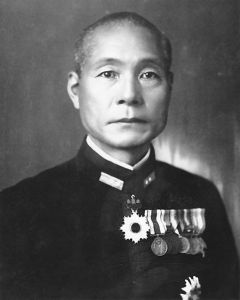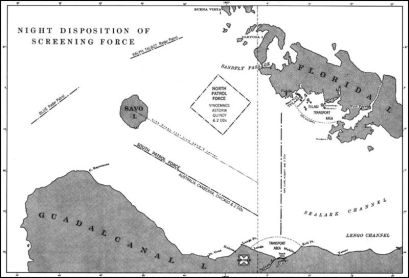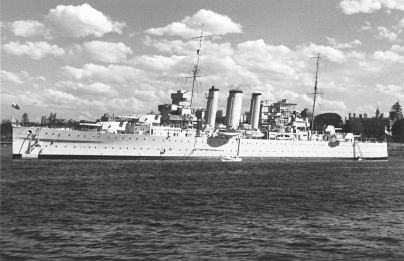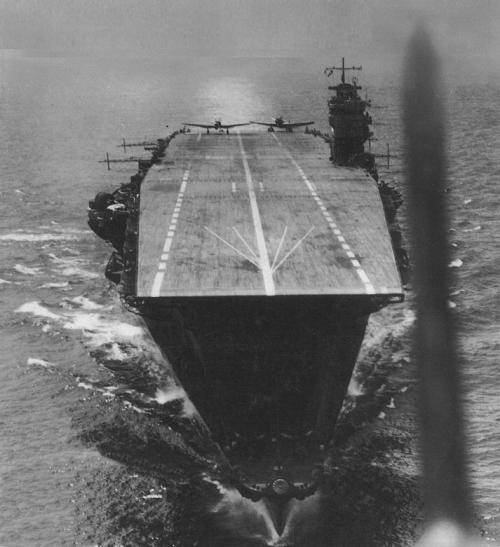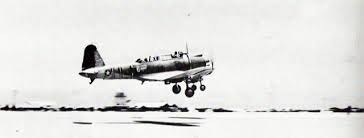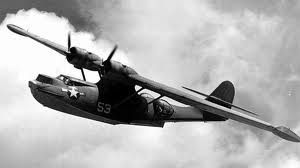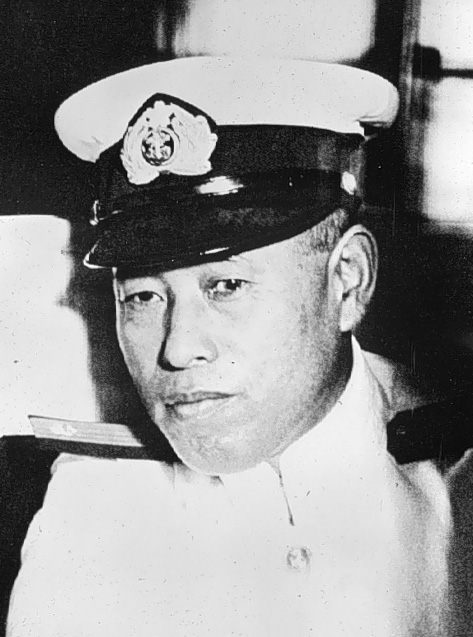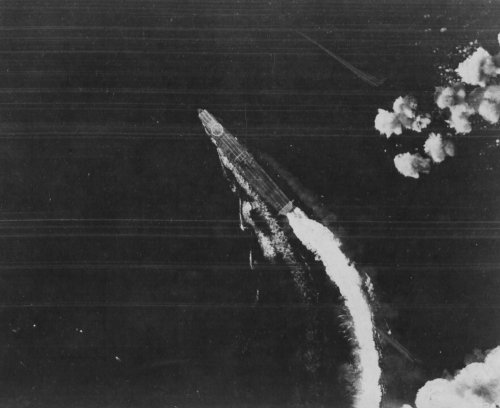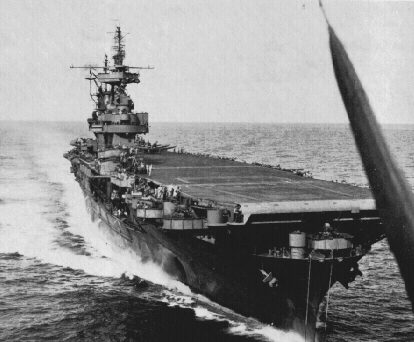Friends of Padre Steve’s World,
I am finishing up a series of posts about the Battle of Leyte Gulf. This one is about the Battle of Samar and Battle of Cape Engano in which a force of Japanese carriers with very few aircraft were used to lure the main part of the American Third Fleet under Admiral William “Bull” Halsey away from the vulnerable troop transports and supply ships supporting the invasion while the Japanese Center Force under Vice Admiral Takeo Kurita’s still powerful Center Force reversed course following the drubbings it had taken during the Battle of Palawan Passage and the Battle of the Sibuyan Sea, was no longer considered a threat by Admiral William “Bull” Halsey commanding the Third Fleet. That was understandable because during those battles Kurita lost on of the two most powerful battleships in the world, the Musashi, four powerful heavy cruisers, and two destroyers. Other ships were damaged but not enough so to remain operational.
USS Heermann and USS Samuel B. Roberts laying a Smokescreen at the Battle off Samar
The Battle off Samar was momentous battle and study in the principle of unity of command, a principle which the Americans violated with nearly catastrophic results.
Eventually I will write a detailed account of the epic Battle off Samar to conclude the series properly but that will have to wait. Today has been a busy day with medical appointments, working around the house, coordinating more contracting work, and working on the index of my book. Wednesday will be a busy day at work, teaching classes for newly reported sailors, sitting in on meetings dealing with sexual or other abuse cases, and doing some counseling while catching up on administrative work, and coordinating additional counseling cases. Thursday and Friday will be busy because of more contract work in the house, and more work on the index and photos for my book. PrY for me a sinner.
Peace
Padre Steve+
The Battle of Leyte Gulf, the largest and most widespread naval battle in history is a fascinating for so many reasons at the strategic, operational, and tactical levels of naval warfare. It was an air, sea, and undersea battle on such a massive scale that had never been seen before, and probably never be seen again.
It was full unclear command structures, which violated the principle of Unity of Command; confusing, and mistaken communications; the fog of war, acts of valor from outnumbered forces who defeated superior, yet confused enemies, the perfectly conducted execution of a Japanese Task Force by Battleships raised from the mud of Pearl Harbor, and the intentional sacrifice of a Japanese Carrier Task Force as a decoy, so that Japan’s battleships might provide a victory. Despite the unclear communications, unclear command structures, and fog of war the United States Navy was victorious.
Admiral Kurita’s Center Force had doubled back and went through the San Bernardino Strait to surprise the Escort Carriers of Taffy-3, part of 7th Fleet which expected that Halsey’s Third Fleet was still guarding San Bernardino Strait with the Battleships of Vice Admiral Willis Lee’s Task Force 34.
Instead, Halsey took the bait of the Japanese carriers, and assuming that Kurita’s Force was no longer a threat left San Bernardino Strait undefended without informing 7th Fleet, part of Douglas MacArthur’s command, not Admiral Chester Nimitz’s command. The mistake was discovered when Kurita’s Force surprised Rear Admiral Clifton Sprague’s Taffy-3.
USS Gambier Bay Under Attack (above) IJN YamTo and Chokai (below)
The appearance of Kurita’s Force surprised the Americans leading to one of the most cryptic and mistaken messages to be sent in American military history. Due to the confusion of what was happening Admiral Nimitz sent a message to Halsey, which was decoded improperly, causing even more confusion and recriminations. When Halsey received the message his battleships were almost in range of Admiral Jisaburo Ozawa’s decoy Northern Force, of carriers without air groups. Since throughout the war in the Pacific the Japanese always considered their carriers, and used them as their primary striking force, Halsey was correct in assuming that they were still the primary Japanese’s striking force, but he was wrong.
But still, this message remains one of the most confusing and infuriating ever sent to the commander of a fleet in action with the enemy fleet nearly in sight:
“TURKEY TROTS TO WATER GG FROM CINCPAC ACTION COM THIRD FLEET INFO COMINCH CTF SEVENTY-SEVEN X WHERE IS RPT WHERE IS TASK FORCE THIRTY FOUR RR THE WORLD WONDERS.” Admiral Nimitz to Admiral Halsey
After Admiral William “Bull” Halsey felt that he had heavily damaged the Center Force during the Battle of the Sibuyan Sea he withdrew the Fast Battleships of Task Force 34 from the San Bernardino Strait in order to use them in a surface engagement against Ozawa’s Northern Force. Halsey assumed that Ozawa’s carriers were the main threat to the American invasion forces. However he did not know that Ozawa’s carriers had very few aircraft embarked and that the Northern force was in fact a decoy, designed to draw him away from Kurita’s Center Force and the two task forces of the Admiral Nishimura’s and Shima’s Southern force of Battleships, cruisers and destroyers.
The Zuikaku under attack at Cape Engano
When Halsey’s aircraft reported the Center Force withdrawing the previous day he believed that the threat had been removed. He wrote in his memoirs “I believed that the Center Force had been so heavily damaged in the Sibuyan Sea that it could no longer be considered a serious menace to Seventh Fleet.” Thus he moved with haste to intercept, engage and destroy Ozawa’s Northern force and its carriers and battleships. Halsey believed that his engagement against the Northern force would culminate when his fast battleships destroyed whatever Japanese surface forces remained.
It was not a bad assumption. Ever since the early days of the Pacific war the truly decisive engagements had been decided by carriers. Unfortunately for the American sailors of Taffy-3, the group of Escort Carriers, destroyers and destroyer escorts which encountered Kurita’s Center force which had doubled back overnight and passed through the San Bernardino Strait surprising Rear Admiral Thomas Kinkaid’s task group of “Jeep” Carriers.
The Battle off Samar
The unequal battle that ensued off Samar was a near run thing for the Americans. Had Kurita not been confused about what forces he was facing and pressed his attacks he may have inflicted painful damage on the actual invasion forces. However after a morning of battle, in which Taffy-3’s destroyers, destroyer escorts, aircraft and even the Jeep carriers themselves inflicted heavy damage on the Japanese force, Kurita withdrew, losing the heavy cruisers Chokai, Suzuya, Kumano, and Chikuma, and seriously damaged every Battleship except Yamato.
Admiral William “Bull” Halsey
However as Taffy-3 battled for its life against Kurita’s battleships, cruisers and destroyers Halsey’s carrier air groups were pounding Ozawa’s hapless carriers and their escorts. About 0800 on the 25th Kinkaid’s desperate messages began to reach Nimitz and Halsey. However since Halsey did not believe just how serious the situation was he continued to pursue Ozawa’s force. When he received Nimitz’s message he was incensed. The message “TURKEY TROTS TO WATER GG FROM CINCPAC ACTION COM THIRD FLEET INFO COMINCH CTF SEVENTY-SEVEN X WHERE IS RPT WHERE IS TASK FORCE THIRTY FOUR RR THE WORLD WONDERS was composed of three parts. The preface “Turkey trots to water” was padding, as was the last part “the world wonders.”
Light Carrier Zuiho under attack
However the communications officer on Halsey’s flagship only removed the first section leaving “Where is Third Fleet, the world wonders.” Halsey was flabbergasted and though the battleships of Task Force 34 were almost in range of the Japanese force he sent them south to relieve Kinkaid’s beleaguered force. However by the time Vice Admiral Willis Lee’s battle line arrived Kurita had withdrawn, losing 3 heavy cruisers sunk, three heavy cruisers and one destroyer heavily damaged.
Zuikaku being abandoned
Of the Northern Force, all of the Japanese carriers were sunk along with a light cruiser and a number of destroyers, but Kurita’s heavy forces escaped. Among the Japanese losses was the carrier Zuikaku the last surviving carrier of the Pearl Harbor attack. Naval historian Samuel Elliott Morrison wrote:
“If TF 34 had been detached a few hours earlier, after Kinkaid’s first urgent request for help, and had left the destroyers behind, since their fueling caused a delay of over two and a half hours, a powerful battle line of six modern battleships under the command of Admiral Lee, the most experienced battle squadron commander in the Navy, would have arrived off the San Bernardino Strait in time to have clashed with Kurita’s Center Force… Apart from the accidents common in naval warfare, there is every reason to suppose that Lee would have “crossed the T” and completed the destruction of Center Force.”
The Battle off Samar and Battle of Cape Engano closed the epic extended Battle of Leyte Gulf. The victory of the US Navy was decisive even without the final destruction of Kurita’s forces. The remnants of the Japanese forces would never mount a serious offensive threat again. The survivors would be hunted down over the next 9 months, some sunk by submarines, other in surface engagements, still more to air attacks at Okinawa and in Japanese ports.
Halsey received much criticism for his decision to withdraw TF 34 from San Bernardino Strait. However in his defense the action exposed one of the key problems in any kind of warfare, the problem of seams and divided lines of command. Kinkaid’s escort carriers belonged to 7th Fleet which came under the operational control of Douglas MacArthur’s Southwest Pacific Region while Halsey commanded 3rd Fleet under Admiral Nimitz’s Central Pacific region. This created a situation where two fleets belonging to two regions under two separate commanders were attempting to fight a single battle. The principle of unity of command and unity of effort was violated with nearly disastrous result.
Today, in the Pacific all US forces are under US Pacific Command, ensuring unity of command, although forces fro US Strategic Command, Special Forces Command or other units would come under its direction. In the Middle East it is a different situation, because the lines of command and authority of US European Command, African Command, and Central Command all intersect, which means that any operation must be carefully coordinated to ensure unity of command without compromising the effectiveness of our forces or our allies. Thus, some 66 years later we can still learn lessons from history that are still applicable to military operations today.


























